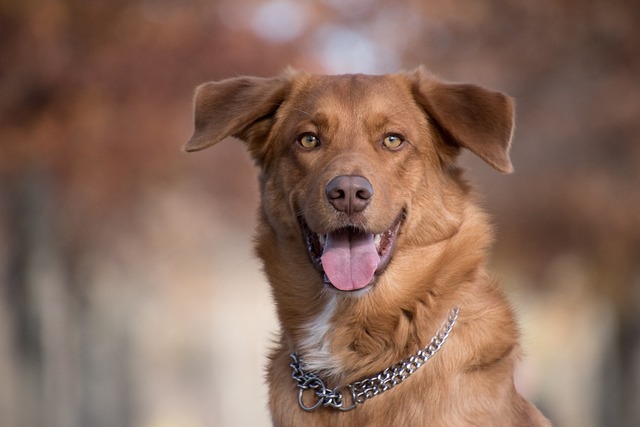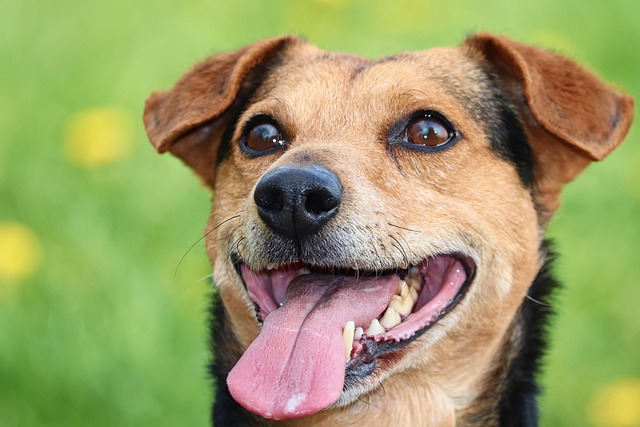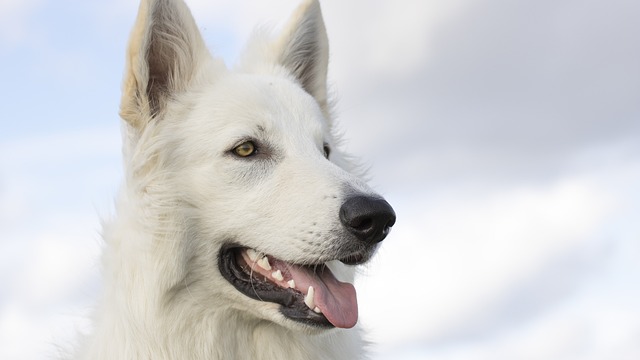
How to prevent dogs from engaging in aggressive behavior towards humans
When a gentle dog suddenly bares its teeth at a passerby or emits a warning growl when a family member approaches,
When the owner is looking forward to the dog sleeping peacefully in the airline box, but the dog whimpers, scratches, or avoids the airline box, every pet owner feels helpless and distressed. The airline box should be a safe and comfortable "nest" for dogs, so why does it become an object of resistance? Exploring ways to adapt dogs to overnight stays in airline boxes is not only a solution to practical breeding problems, but also a deep confession of our giving fur children a sense of security and protecting their healthy sleep.
The primary reason for dogs to resist airline boxes is often fear of unfamiliar environments. For dogs, airline boxes are a closed space that suddenly breaks into their lives, which is completely different from the free activity area they are familiar with. Hard materials, small spaces, and the sound of closing the box door will make dogs feel uneasy. Just like humans are suddenly locked in a strange small room and feel anxious, dogs will instinctively regard airline boxes as potential "threats" when facing them. Especially for puppies, they have just left their familiar companions and warm nests, and their ability to adapt to the new environment is weak. They are more likely to develop a fear of airline boxes, and this feeling of uneasiness will be exacerbated by darkness at night.
Past negative experiences will also leave a deep shadow in the dog's heart, hindering them from accepting airline boxes. Maybe they have experienced long-distance bumps, high temperatures and stuffiness in the airline box, or were locked in the airline box by the owner as a punishment. These unpleasant memories will make the dog associate the airline box with pain and fear. Whenever night falls and they are about to enter the airline box, that bad memory will be awakened, and they will never want to step into this "terrible place" again. This psychological trauma is like a scar that is difficult to heal. Even if the airline box is now decorated comfortably and warmly, the dog will still choose to resist because of the past experience.
 The conditions of the airline box itself will also affect the dog's acceptance. If the size of the airline box is not appropriate, it will make the dog feel uncomfortable if it is too large or too small. If the size is too small, the dog cannot turn around and stretch normally in the box, and staying in it for a long time will feel depressed; if the size is too large, the lack of a sense of wrapping will make the dog lack a sense of security and unable to find the warmth and peace of mind of the "nest". In addition, if the material of the airline box is too hard, the air permeability is poor, or there is no comfortable padding inside, it will also reduce the dog's favorability towards it. A cold and hard airline box will naturally not attract dogs to use it as a comfortable place to sleep.
The conditions of the airline box itself will also affect the dog's acceptance. If the size of the airline box is not appropriate, it will make the dog feel uncomfortable if it is too large or too small. If the size is too small, the dog cannot turn around and stretch normally in the box, and staying in it for a long time will feel depressed; if the size is too large, the lack of a sense of wrapping will make the dog lack a sense of security and unable to find the warmth and peace of mind of the "nest". In addition, if the material of the airline box is too hard, the air permeability is poor, or there is no comfortable padding inside, it will also reduce the dog's favorability towards it. A cold and hard airline box will naturally not attract dogs to use it as a comfortable place to sleep.
To help dogs adapt to staying overnight in an airline box, the owner needs to use full patience and love to build a bridge of trust for them. First of all, start by changing the dog's perception of the airline box. Place the airline box in a warm, quiet place where the dog can see his family at any time, such as a corner of the living room, so that it can gradually become familiar with the existence of this new thing. Put a soft blanket in the airline box, put the dog's favorite toys and old clothes with the owner's smell, and turn the airline box into a warm and comfortable small space. At the same time, place delicious snacks at the door of the box to guide the dog to actively approach the airline box. When it cautiously sticks its head out or steps in, immediately give enthusiastic praise and rewards, so that the dog understands that entering the airline box is a pleasant and rewarding thing.
Gradual guidance is essential. At first, don't rush to close the door of the airline box. Let the dog go in and out freely, play and rest inside, and build a good impression of the airline box. When the dog can move freely in the box, try to close the door for a short time, starting from a few minutes, and observe the dog's reaction. If it behaves calmly, continue to extend the closing time, and give snacks and praises in time; once it becomes anxious, barking, etc., do not open the door immediately, but soothe it with a gentle voice first, and open it after it calms down a little, so as to avoid the dog from forming the wrong perception that "as long as it barks, the door can be opened". As the training progresses, gradually extend the time the dog stays in the closed box state, so that it can slowly adapt to resting in a closed airline box.
Night training requires more meticulousness and patience. Before going to bed, make sure the dog has done a proper amount of exercise to consume excess energy, so that they will feel sleepy more easily and reduce restlessness in the airline box. Move the airline box to the owner's bedroom so that the dog can feel the owner's breath and company, and increase the sense of security. When the dog falls asleep quietly in the airline box, do not disturb it; if there is whimpering, scratching, etc., do not get up and check immediately, so as not to let the dog think that as long as it makes a sound, it will get attention. You can use a gentle voice to soothe it in the dark and wait for it to calm down. Through such persistence and guidance again and again, let the dog gradually understand that the airline box is a safe, warm and peaceful place to sleep.
Let the dog adapt to the airline box overnight, it is a "practice" full of love and patience. In this process, the owner may experience countless nights interrupted by the dog's barking, and will also feel frustrated because of the dog's resistance, but every persistence is a deep love for the dog. When one day, seeing the dog take the initiative to get into the airline box and fall asleep quietly, the comfort and touch will dispel all the fatigue. The relationship between us and dogs will become deeper and warmer in the process of mutual trust and companionship.

When a gentle dog suddenly bares its teeth at a passerby or emits a warning growl when a family member approaches,

When the owner is looking forward to the dog sleeping peacefully in the airline box, but the dog whimpers, scratches, or avoids the airline box, every pet owner feels helpless and distressed.

When you finish a busy day and open the door, the dog rushes towards you like a small cannonball, jumps up enthusiastically and pounces on you.

When you carefully pick up the nail clippers and approach the dog, it suddenly bares its teeth, growls, and even tries to struggle and bite you.

When you happily reach out to hug your dear dog, but suddenly it bares its teeth, growls, or even bites you; or when a child in the family approaches to play

When you get up in the morning and see the "masterpiece" of the dog on the floor, or when you get home from work and are greeted by the pungent odor and the messy scene,